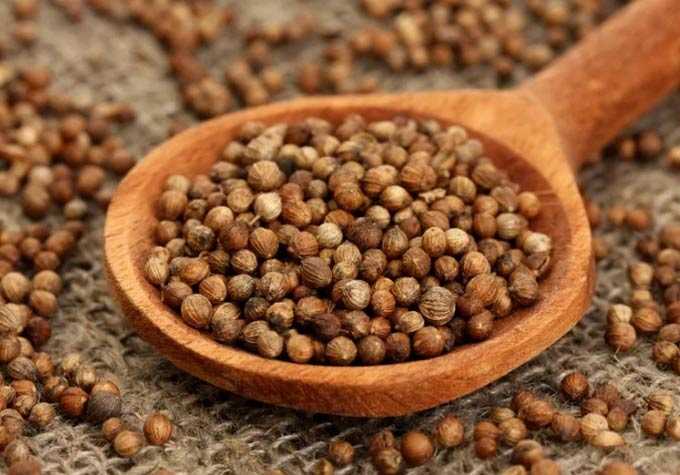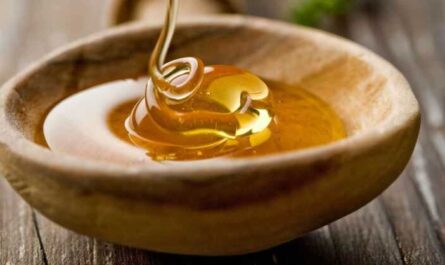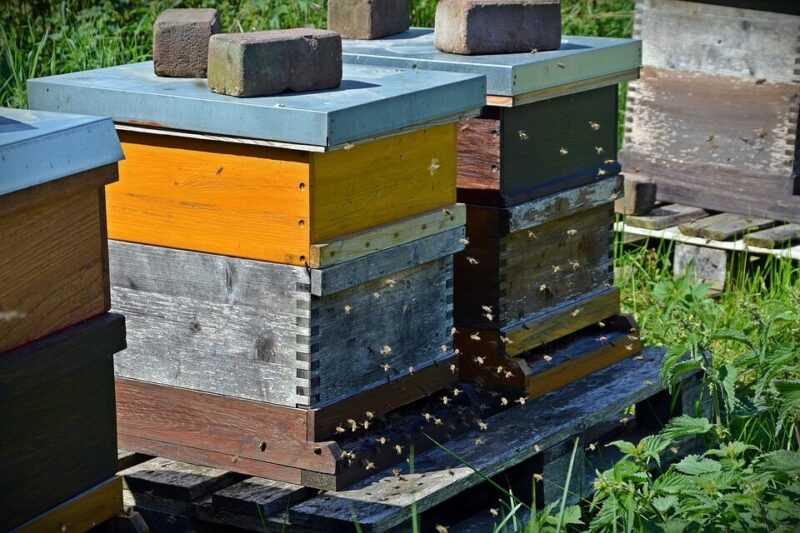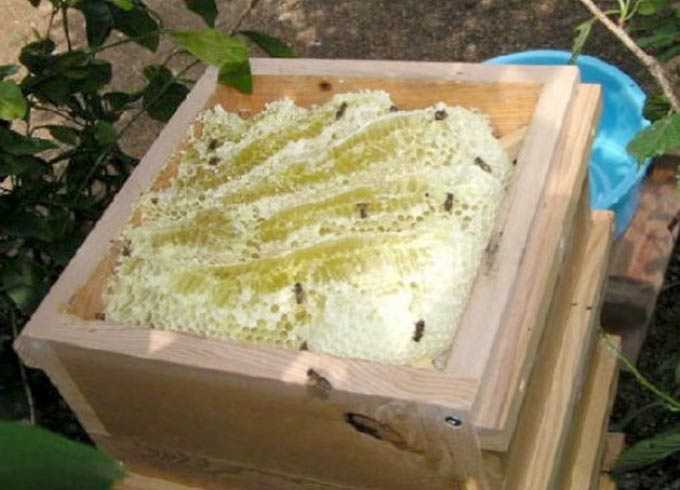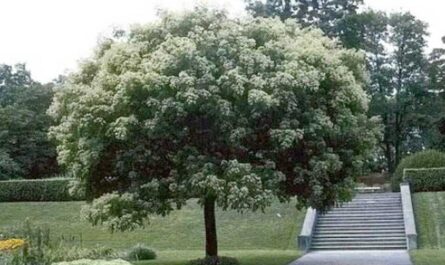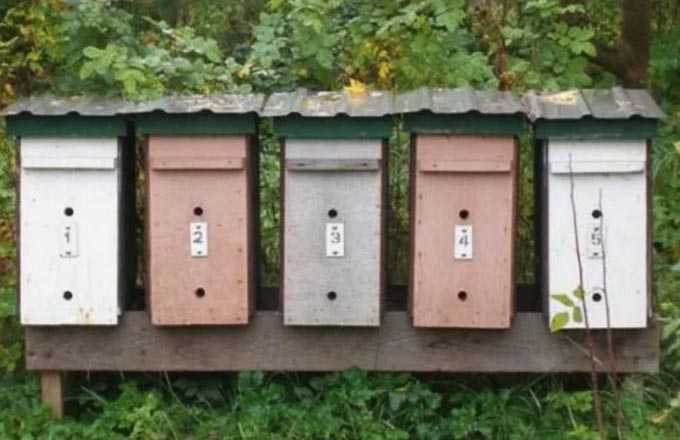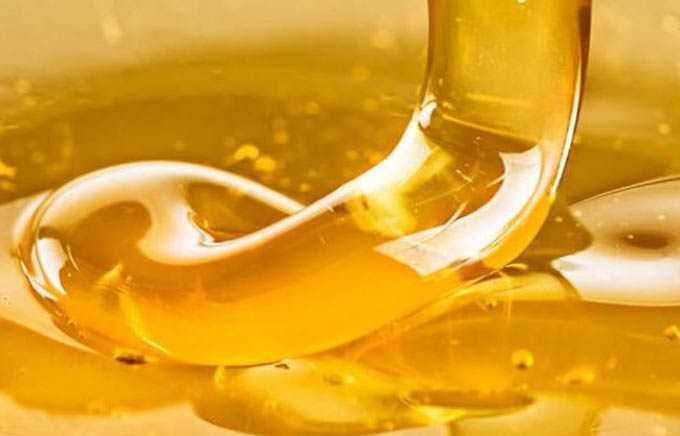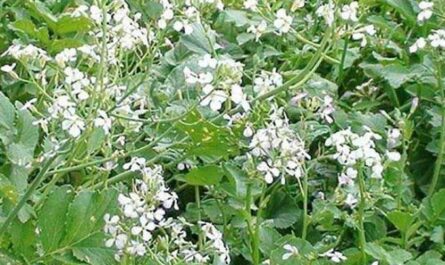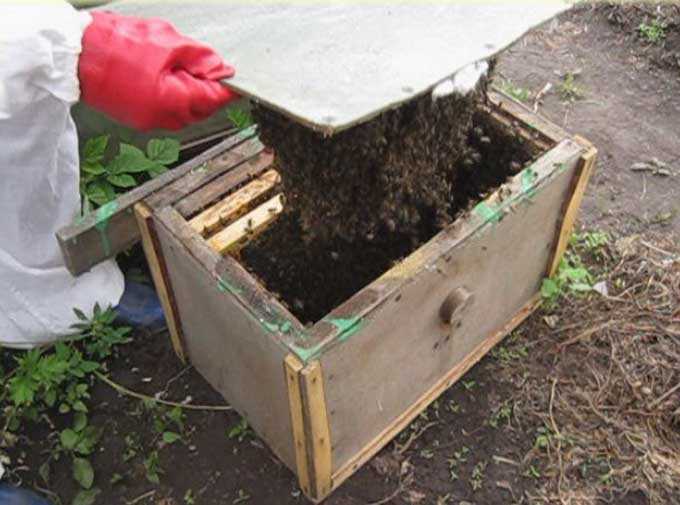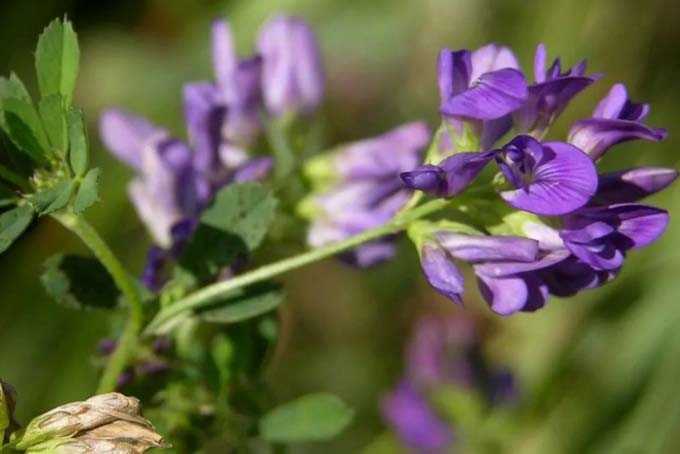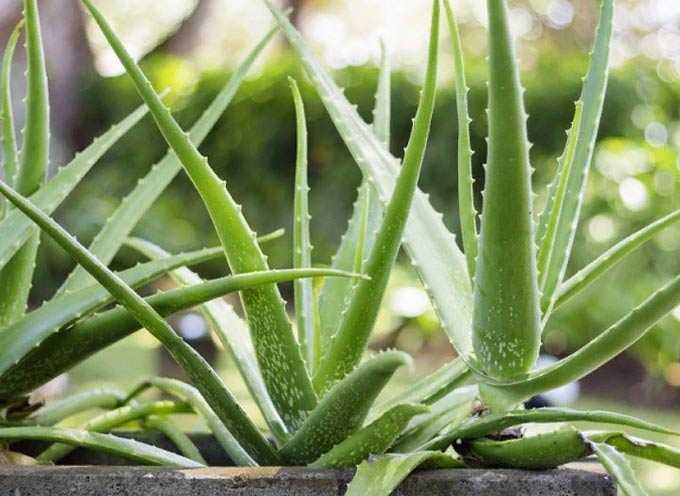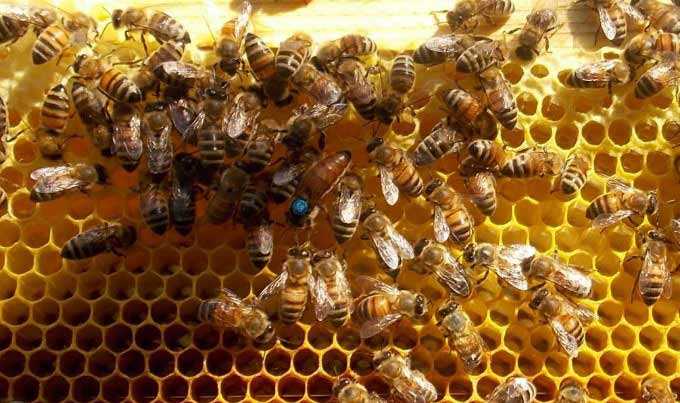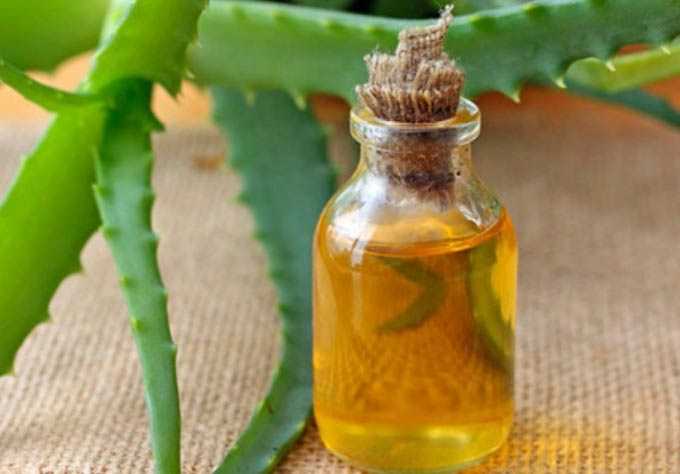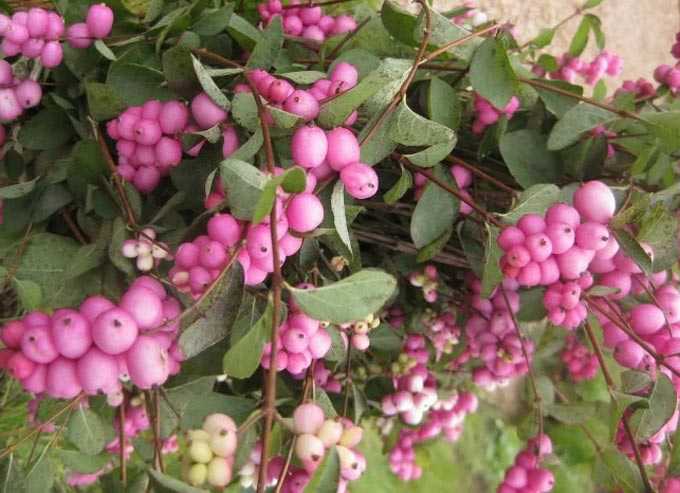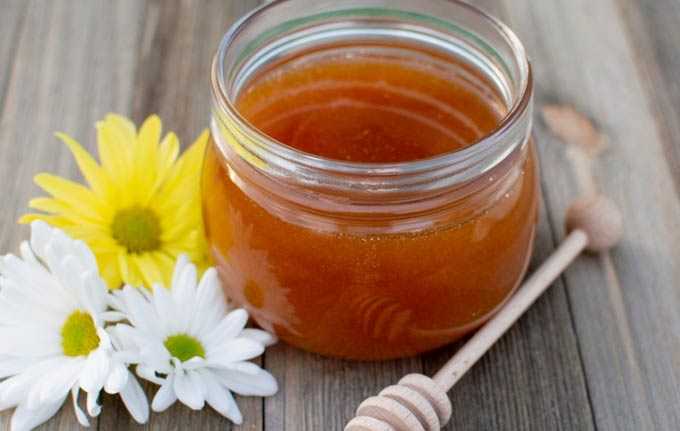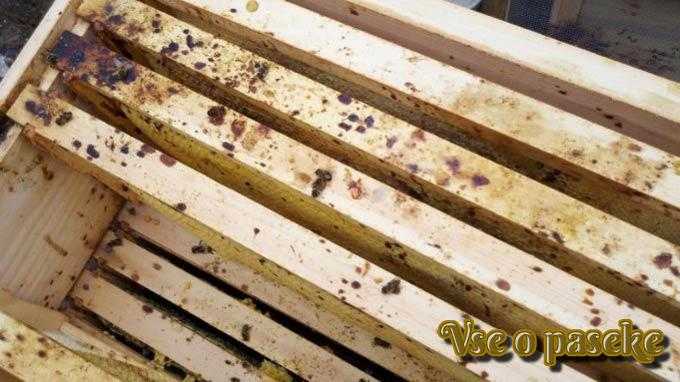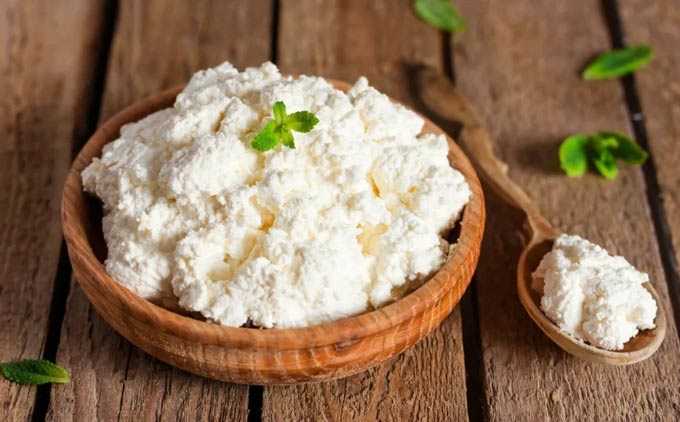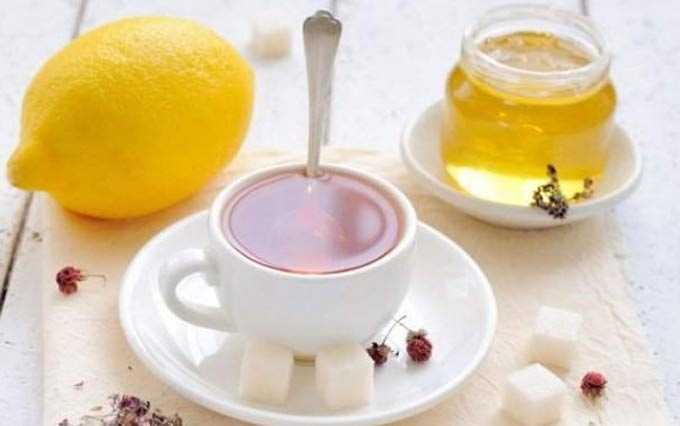The coriander honey plant is an annual herb from the umbrella family, brought to Europe from the Eastern Mediterranean. It is widely used in cooking. It is a good honey plant, providing late summer flow.
The content of the article
- 1 Significance for agriculture
- 2 Appearance
- 3 Agrotechnics
- 4 Honey productivity
- 5 Useful Properties
Significance for agriculture
The culture has been known since the times of the Ancient World. It was brought to Europe by the Romans, in particular in Great Britain it has been grown since the time of the Roman conquest in the XNUMXst century AD. From European countries, the herb gradually spread throughout the world (in Russia it has been cultivated since the XNUMXth century).
In modern agriculture, coriander is grown to produce greens – the so-called cilantro and seeds used to prepare various dishes. Due to the pleasant aroma and medicinal properties, parts of the plant are collected for making soap, making perfumery and cosmetics.
An annual vegetable or seed variety is of value for apiaries. It is he who is most often grown all over the world.
Appearance
Coriander honey plant with a bare erect stem up to 0,4-0,7 meters high. In the upper part, it branches, turning into umbellate inflorescences. The foliage is tripartite, with openwork edges and elongated petioles.
The flowers are small, pink or white. After flowering, ovoid fruits with pronounced ribs are formed.
The grass blooms, depending on the region, for 25-30 days. In the northern regions, this is the period from August to early September, and in the south, from June to July.
Agrotechnics
The culture is cultivated in black earth regions. It also occurs in the wild.
Sowing is done in wide rows or using a belt method. Row spacings can be from 30 to 60 centimeters. Sowing is best done in late autumn or early spring.
Caring for the field is exactly the same as for any row crops.
Honey productivity
Coriander can repel bees! Having a pungent smell before the fruit ripens, the grass attracts many flies, which sometimes forces the bees to bypass the blossoming inflorescences.
However, the secretion of nectar from the culture is so strong that the inflorescences are covered with small droplets and shine in the sunlight. It is believed that if you place an apiary near a coriander field, bee colonies will no longer be distracted by other plants.
Practice shows that coriander as a honey plant is able to increase the yield of honey from sunflower. And from a coriander field, the output of nectar is 200-250 kilograms per hectare.
Useful Properties
Coriander honey has a rich mineral and vitamin composition, but at the same time it has a pungent specific smell that you need to get used to.
This bee product is recommended by traditional medicine:
- to strengthen immunity;
- in the treatment of colds as an expectorant;
- to stimulate appetite and stimulate the entire digestive system;
- as a choleretic agent;
- as a healing component in the treatment of wounds and abscesses, in particular, they lubricate cracked nipples during breastfeeding.
Like any other variety, coriander honey is taken orally with caution in diabetes, and completely abandoned in case of individual intolerance to bee products.
